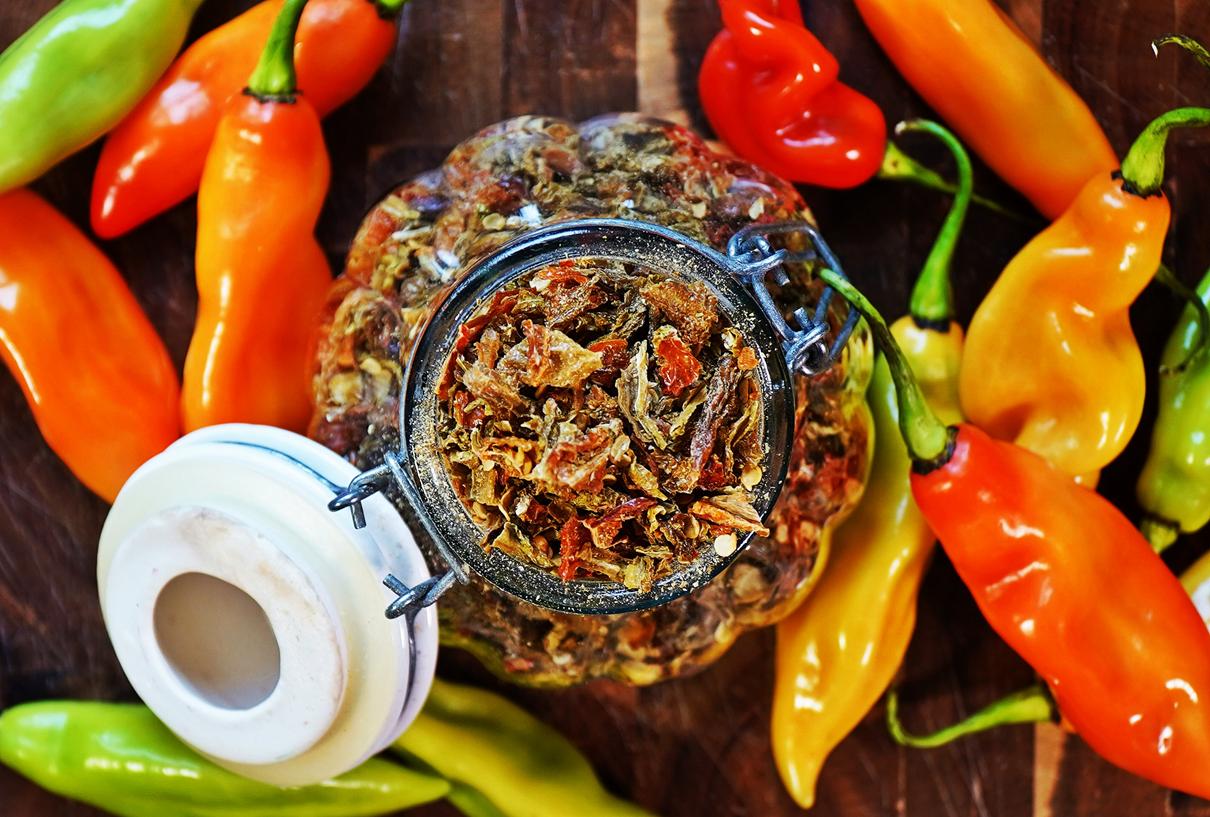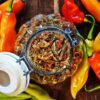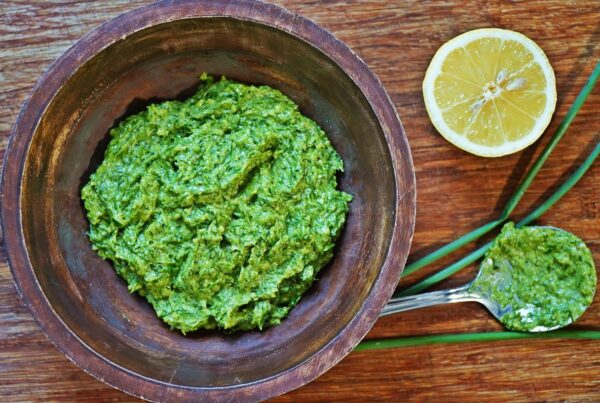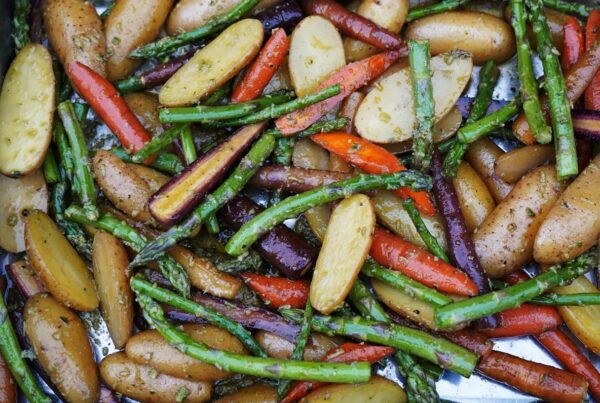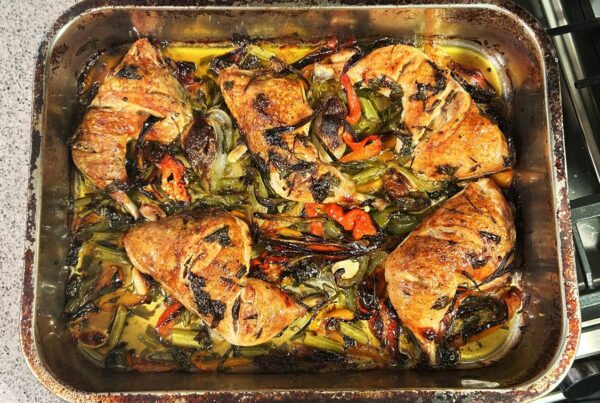
Living in Canada has its blessings, but it also means some of the ingredients I grew up with in the Caribbean aren’t always easy to find. Take pimento peppers, also known as seasoning peppers — they’re the soul of so many of our island dishes, from stewed meats and curries to soups, rice, and sauces. While I can get them at West Indian or Asian grocery stores in Toronto, it often means a long drive and a steep price. So during the summer months, I make sure to grow as many pimento peppers as I can in my backyard garden.
Over the years, I’ve shared a few ways to preserve these peppers — from freezing to making sauces. But today, I’m showing you how to dehydrate pimento peppers, a simple method that locks in their unique aroma and flavor so you can enjoy them long after the growing season ends. The process is easy, whether you use a dehydrator or your oven, and the results are incredible — the flavor becomes more concentrated, adding deep Caribbean notes to any dish all winter long.
Ingredient Guide
- Pimento Peppers – These small, fragrant seasoning peppers add a distinct Caribbean flavor to dishes without the heat. Perfect for soups, stews, rice, and marinades.
Cooking Notes from the Kitchen
- Always sort through your peppers first and discard any that are bruised or moldy.
- Cutting the peppers in half speeds up the dehydration process.
- If you prefer a milder aroma, remove some of the seeds before drying.
- Once dehydrated, pulse them into flakes or powder for an easy flavor boost.
- Store in airtight glass jars away from sunlight to preserve color and taste.
Shopping Made Easy
- Look for pimento peppers (seasoning peppers) at West Indian or Latin American grocery stores.
- If you can’t find them fresh, buy plants or seeds in the spring to grow your own supply.
- Substitute with Scotch Bonnet or Habanero peppers for a spicier version of this recipe.
- Many Asian supermarkets in larger cities now carry frozen or dried seasoning peppers.
-
Sort through the pimento peppers and discard any that are damaged or discolored. Wash them thoroughly under cool water, then pat dry or air dry completely.
-
Remove the stems and slice each pepper in half lengthwise.
-
Line cookie sheets with parchment paper or use wire racks. Arrange the sliced peppers in a single layer on the trays.
-
Place the trays into a low oven set to 140°F (60°C) or into a food dehydrator.
-
Allow the peppers to dehydrate for 12–14 hours, or until completely dry and brittle.
-
Once cool, pulse the dried peppers in a food processor to your desired texture — coarse flakes or fine powder.
-
Transfer to airtight containers and store in a cool, dark place.
-
Enjoy all winter long — the flavor of dehydrated pimento peppers is rich, concentrated, and deeply Caribbean.
What’s the Best Way to Store Dehydrated Peppers?
Keep them in airtight glass jars or sealed bags in a cool, dark cupboard. Properly dried peppers can last up to a year without losing much flavor.
Can I Use a Food Dehydrator Instead of an Oven?
Yes, a dehydrator is actually faster and more energy-efficient. Most peppers will dry completely in 8–10 hours at 135°F (57°C).
Do I Need to Remove the Seeds Before Dehydrating?
No, but removing them can slightly reduce drying time. The seeds don’t add heat, so it’s mostly a matter of texture preference.
What Dishes Can I Use Dried Pimento Peppers In?
Use them in soups, stews, curries, rice dishes, or even grind them into a homemade seasoning mix for meats and sauces.
Source link


